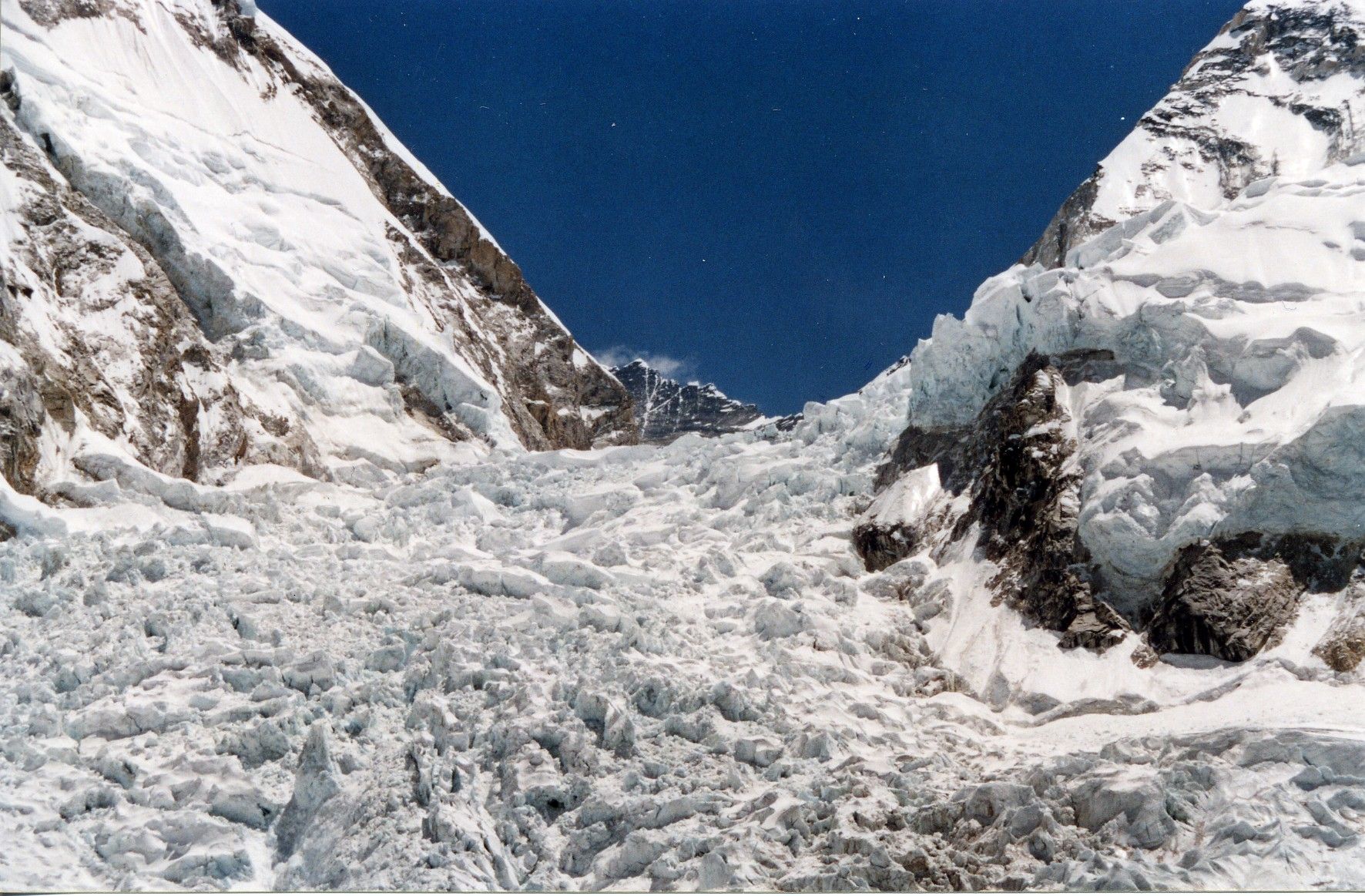
Half of World Heritage glaciers may disappear by 2100: Study

Glaciers from almost half of natural World Heritage sites — such as the Khumbu Glacier in the Himalayas — may disappear completely by 2100, if emissions continue at current rate, a study warns.
The research is the first-ever global study of World Heritage glaciers — home to some of the worlds most iconic glaciers, such as the Grosser Aletschgletscher in the Swiss Alps, and Greenlands Jakobshavn Isbrae, scientists said. The team from the International Union for Conservation of Nature (IUCN) combines data from a global glacier inventory, a review of existing literature and sophisticated computer modelling to analyse the current state of World Heritage glaciers, their recent evolution, and their projected mass change over the 21st century.
The study, published in the journal Earths Future, predicts glacier extinction by 2100 under a high emission scenario in 21 of the 46 natural World Heritage sites where glaciers are currently found. Even under a low emission scenario, eight of the 46 World Heritage sites will be ice-free by 2100. The study also expects that 33 per cent to 60 per cent of the total ice volume present in 2017 will be lost by 2100, depending on the emission scenario.
“Losing these iconic glaciers would be a tragedy and have major consequences for the availability of water resources, sea level rise and weather patterns,” said Peter Shadie, Director of the International Union for Conservation of Natures World Heritage Programme. “This unprecedented decline could also jeopardize the listing of the sites in question on the World Heritage list. States must reinforce their commitments to combat climate change and step up efforts to preserve these glaciers for future generations,” Shadie said in a statement.
Several iconic landscapes found in World Heritage sites will be impacted by rising temperatures. Los Glaciares National Park in Argentina contains some of the largest glaciers on Earth and a very large ice loss — about 60 per cent of the current volume — is predicted by 2100 within this site.
In North America, Waterton Glacier International Peace Park, Canadian Rocky Mountain Parks and Olympic National Park could also lose more than 70 per cent of their current glacier ice by 2100, even under drastically lowered carbon dioxide emissions. In Europe, the disappearance of small glaciers is projected in the Pyrenees — Mont Perdu World Heritage site before 2040.
Te Wahipounamu — South West New Zealand, which contains three quarters of New Zealands glaciers, is projected to lose 25 per cent to 80 per cent of the current ice volume over the course of this century.
Beyond these alarming results, the researchers emphasise the key role that glaciers play for ecosystems and societies at a global scale. Glacier conservation could thus serve as a trigger to tackle the unprecedented issue of climate change.
“To preserve these iconic glaciers found in World Heritage sites, we urgently need to see significant cuts in greenhouse gas emissions,” said Jean-Baptiste Bosson, scientific advisor for the IUCNs World Heritage programme. “This is the only way of avoiding long-lasting and irreversible glacier decline and the related major natural, social, economic and migratory cascading consequences,” said Bosson.


